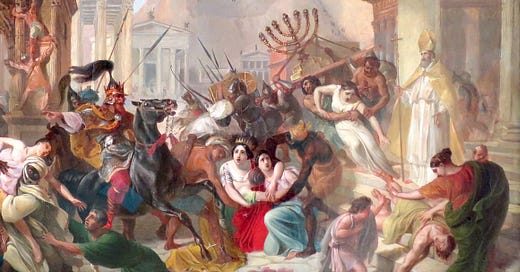Review of Empires and Barbarians: The Fall of Rome and the Birth of Europe by Peter Heather
The post-roman migrations that made Europe
From the immediate aftermath of the fall of the western Roman Empire to about 1000 CE, movements of huge ethnic groups created the ethno-linguistic patchwork that evolved into the modern-day European languages. I have always been curious about the dynamics of this process. Why did one language take hold while another didn’t? What drove the groups to mov…
Keep reading with a 7-day free trial
Subscribe to Crawdaddy’s Substack to keep reading this post and get 7 days of free access to the full post archives.



